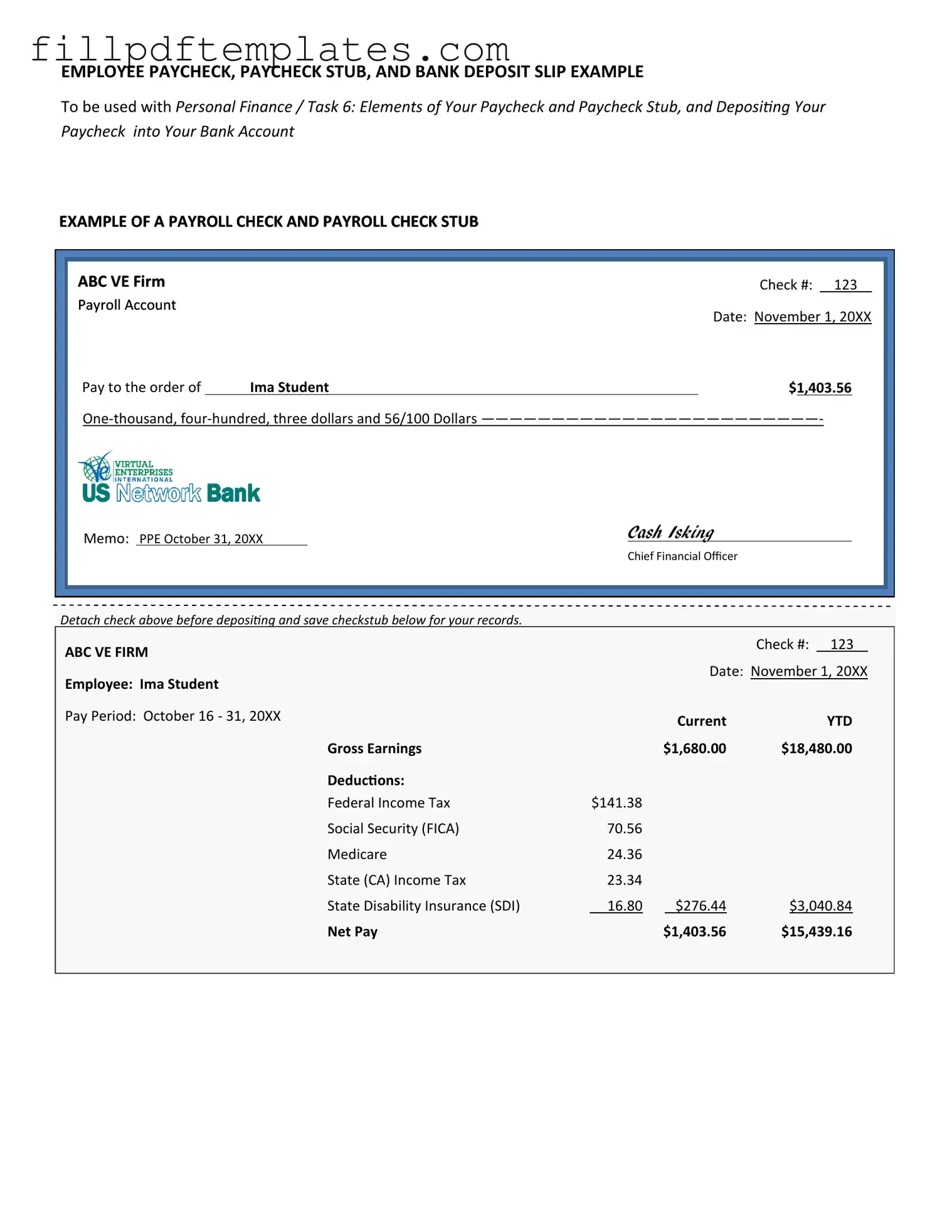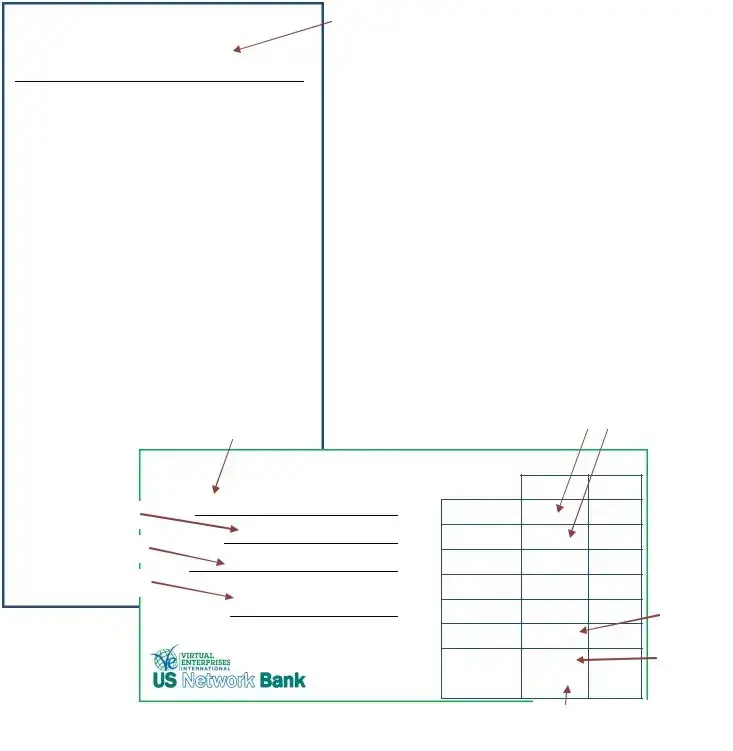The Payroll Check form plays a crucial role in the financial operations of any business, serving as a key document for employee compensation. This form typically includes essential information such as the employee's name, identification number, and the pay period for which the wages are being issued. Additionally, it outlines the gross pay, deductions for taxes and benefits, and the net pay that the employee will receive. Employers must ensure that the form is accurate and complies with relevant labor laws to avoid potential disputes. Furthermore, the Payroll Check form may also include details about overtime, bonuses, and any other additional compensation that may apply. By maintaining clear and precise records through this form, businesses can promote transparency and accountability in their payroll processes.


